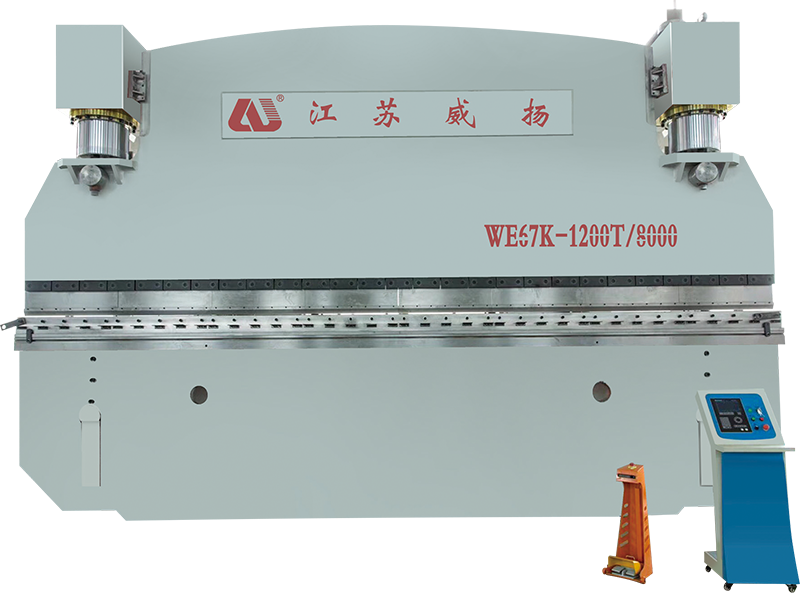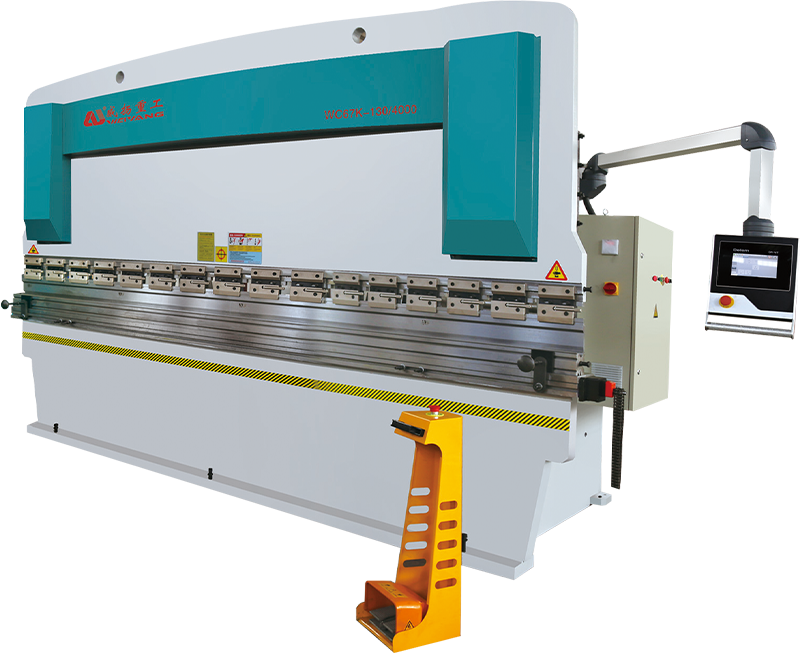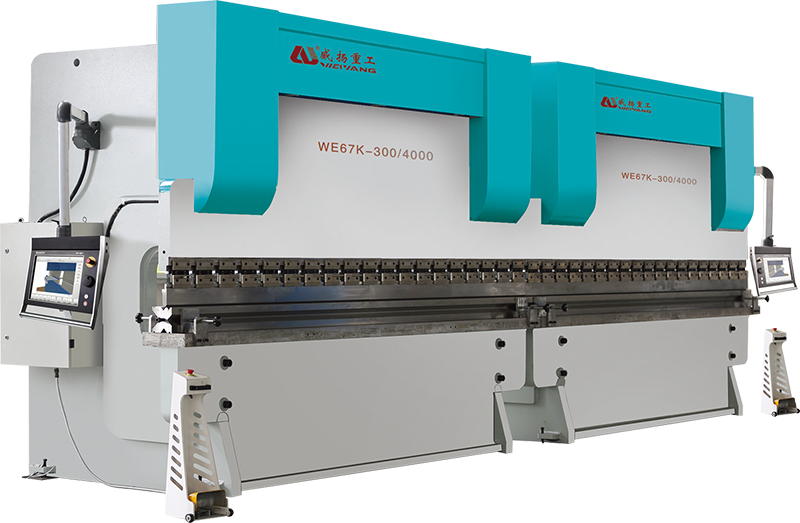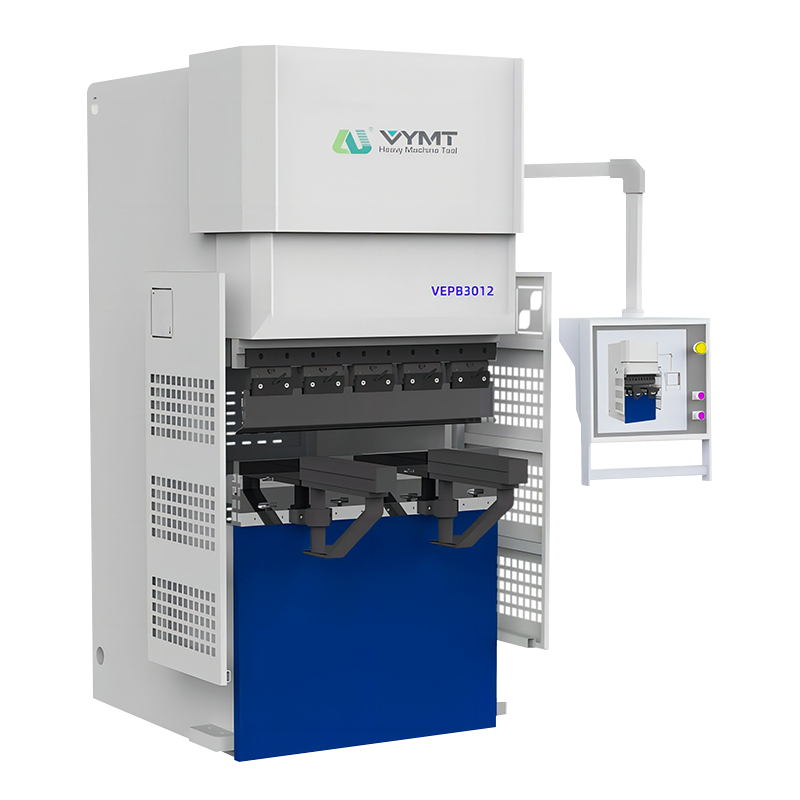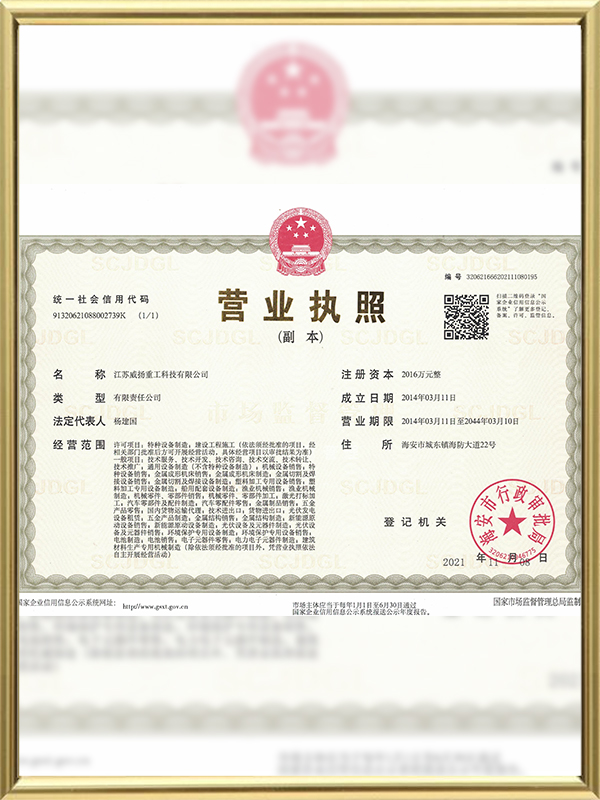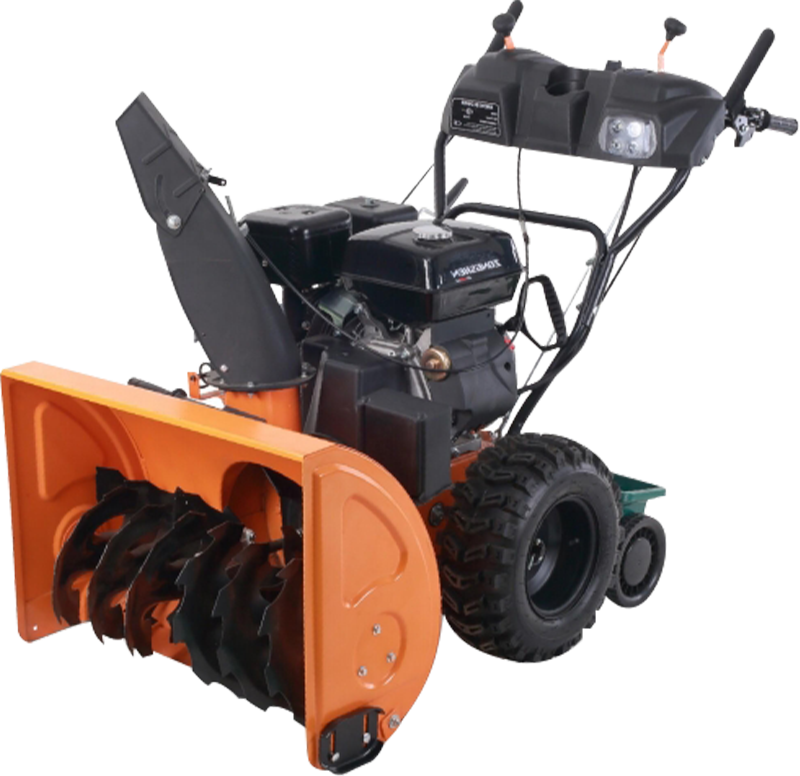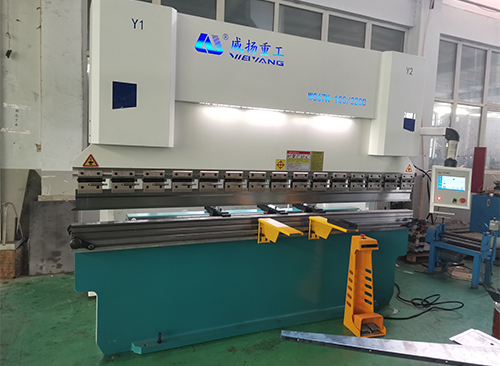1.What Are the Key Benefits of Fully Automatic CNC Bending Machines?
Precision and Consistency: CNC machines are programmed to execute precise movements, ensuring that each bend is accurate to the smallest degree. This level of precision reduces the margin of error and results in consistent, high-quality output.
Increased Productivity: Automation significantly speeds up the bending process. CNC machines can operate continuously with minimal human intervention, leading to higher production rates and shorter lead times.
Cost Efficiency: Although the initial investment in a CNC bending machine can be substantial, the long-term savings are significant. Reduced labor costs, minimized material waste, and lower defect rates contribute to overall cost efficiency.
Flexibility: CNC bending machines can be easily reprogrammed to handle different types of bends and materials. This flexibility makes them ideal for manufacturers who need to produce a wide variety of products.
Enhanced Safety: Automation reduces the need for manual handling, minimizing the risk of workplace injuries. Operators can program and monitor the machine from a safe distance, ensuring a safer working environment.
2.How Are Fully Automatic CNC Bending Machines Used in Various Industries?
Automotive Industry: CNC bending machines are used to create precise components for vehicles, such as exhaust systems, chassis, and body panels. The high level of accuracy ensures that parts fit perfectly, enhancing the overall performance and safety of vehicles.
Aerospace Industry: In aerospace, precision is paramount. CNC bending machines are employed to manufacture critical components like aircraft frames, wing structures, and engine parts. The ability to produce complex shapes with exacting tolerances is crucial in this field.
Construction Industry: The construction sector benefits from CNC bending machines for producing structural components, including beams, columns, and reinforcement bars. These machines enable the efficient fabrication of large quantities of components with uniform quality.
Furniture Manufacturing: CNC bending machines are used to create metal frames and decorative elements for furniture. The precision and repeatability of the process ensure that each piece meets design specifications, resulting in aesthetically pleasing and functional products.
HVAC Industry: Heating, ventilation, and air conditioning systems require precisely bent ducts and pipes. CNC bending machines facilitate the production of these components, ensuring optimal performance and ease of installation.
3.What Does the Future Hold for Fully Automatic CNC Bending Machines?
Integration with IoT and Industry 4.0: The integration of CNC machines with the Internet of Things (IoT) and Industry 4.0 technologies will enable real-time monitoring, predictive maintenance, and data-driven decision-making. This connectivity will enhance efficiency, reduce downtime, and optimize production processes.
Artificial Intelligence and Machine Learning: Incorporating AI and machine learning algorithms into CNC bending machines will enable them to learn from past operations, optimize bending processes, and adapt to new tasks with greater ease. This will further improve precision, speed, and flexibility.
Advanced Materials: As new materials are developed, CNC bending machines will need to adapt to handle them. Advances in machine design and programming will allow these machines to work with lightweight composites, high-strength alloys, and other innovative materials.
Sustainability and Energy Efficiency: Future CNC bending machines will likely focus on sustainability, incorporating energy-efficient technologies and environmentally friendly practices. This will help manufacturers reduce their carbon footprint and contribute to a more sustainable industry.





